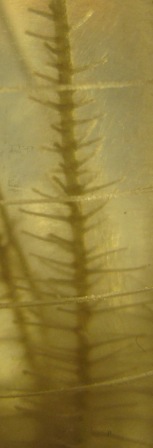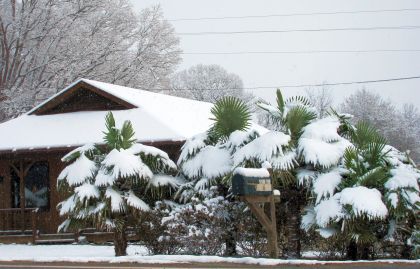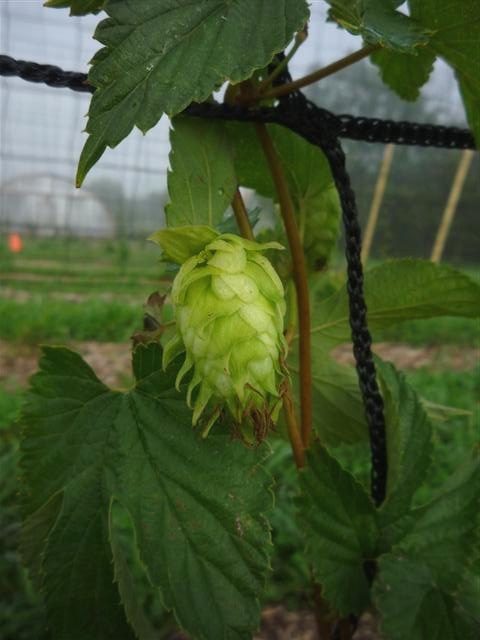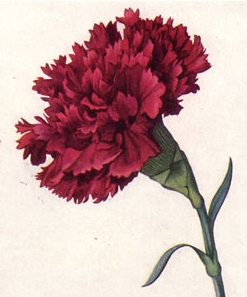
I had the opportunity to read a disturbing post over at Garden Rant the other day about the insecticide clothianidin and how the EPA required its producer, Bayer, to run tests on the safety of using plants grown from seeds treated with clothianidin for bees. Tests which were, apparently, never carried out appropriately. This post sent me over to another site, AlterNet, which explained the problem in detail. In a nutshell what happened is that the EPA asked Bayer to run some tests on how its new pesticide might affect bees. Bayer was unresponsive at first, but eventually did run some tests (which were not what you would call robust) which showed that bees did fine when flitting around in a field of plants which came from clothianidin treated seeds – at least for as long as the test was carried out.
Then one of our commenters asked for our opinion, and heaven knows, I am always more than happy to offer my personal opinion! So here it is. I am extremely unhappy with both Bayer and the EPA in this instance. They didn’t do what they were supposed to do. It’s as simple as that. Tests were supposed to be run to demonstrate that it is unlikely that clothianidin affects bees. This wasn’t done in a reasonable period of time. Period. As long as stuff like this occurs nobody is going to trust the EPA or the chemical manufacturers. In terms of whether the tests were sufficient (basically some hives in a field of treated plants), well, I would have liked to have seen more depth, but they didn’t seem to be bad studies.
The implication is that, because we don’t have enough testing, clothianidin could be causing bee colonies to collapse. This goes hand in hand with the suspicion that imidacloprid is leading to colony collapse since both of these chemicals are neonicotinoids. We know that these pesticides can get into flowers where bees come into contact with them. The question is whether the bees contact enough to cause hives to collapse (There is no question that these chemicals, at some level, are poisonous to bees – just as almost anything can be poisonous to humans at a high enough dose – even water).
One thing that is lost in this discussion is that SEED TREATMENTS were being examined. A seed treatment is when the seeds which are planted are treated with a pesticide (in this case clothianidin) to protect the seed itself and the young plant from insects. As the plant grows the insecticide will break down and become diluted – And so it is probably not going to be present at high levels in pollen that the plant (which comes from the treated seed) produces. Still, there is potential for this to happen and so it is best if the plants which come from the seed are tested – hence the EPA’s request.
Historically, there are pesticides which have clearly and unambiguously lain waste to bee hives, the most infamous of which was Penncap-M. This was a unique pesticide because it was a microencapsulation of the very dangerous insecticide methyl parathion. The microencapsulation process made this pesticide last longer, and made it somewhat safer to handle, but it also made the pesticide into tiny little beads – about the same size as, you guessed it, pollen. In fruit trees in particular this stuff would become attached to the bees (just like pollen does) and you can imagine the disastrous results. The answer was to limit the use of this poison to certain times of the year and certain situations when bees were not likely to be around. Why wasn’t it just banned outright? Because it worked well and, when used appropriately, it didn’t affect bees (Here I’m giving you the official line – In my opinion its use should have been even more restricted than it was). Penncap-M is not closely related to the neonicotinoids chemically, though it does affect insects’ nervous systems as many insecticides, including the neonicotinoids, do.
You can count me as one of the people who suspect that the neonicotinoids have something to do with colony collapse. I’m not a bee researcher — but it is easy to see how the use of these chemicals might weaken a hive to the point where mites or disease could come in. One of the things that drives me a little nuts though are those people who think that banning neonicotinoids is going to save our bees. It seems quite obvious at this point that these chemicals are definitely not the sole cause of the disease and perhaps not even one of the major contributing factors. They essentially banned these pesticides in parts of Europe, and guess what? They still have bee colonies collapsing. An interesting side note is that historically large-scale losses of bees isn’t as odd as we might think – in fact, we might have seen this disease (CCD) before. Perhaps even in the 1800s. In short, it seems that the answer to this problem is not as simple as banning some pesticides (though restricting their use may be a piece of the solution). I wish it were.





